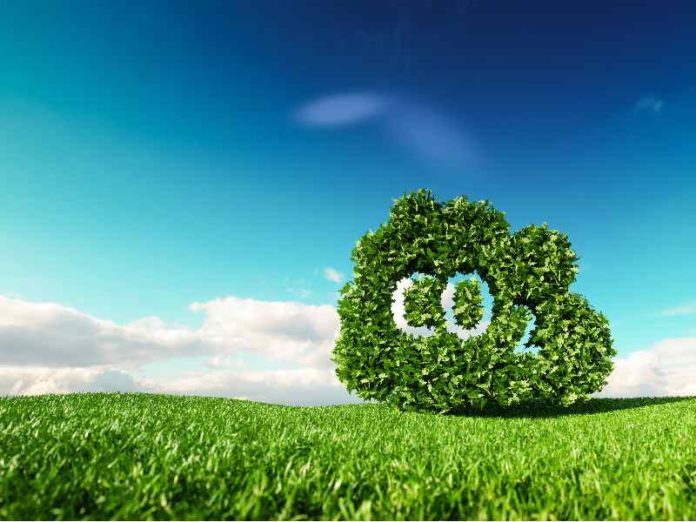Opinion
History is littered with the unintended consequences of disastrous environmental policy. However well-meaning. As Michael Crichton outlines, in his novel State of Fear, “management” of Yosemite has lurched from one disaster to another. To protect elk, park managers shot wolves. Elk populations exploded, stripping trees needed by beavers for dam-building. Beavers vanished — and water meadows dried up, causing trout and otters to disappear.
Grizzlies were protected, then killed off. Wolves were killed off, then brought back… A policy of fire prevention was instituted, with no understanding of the regenerative effects of fire. When the policy was finally reversed, thousands of acres burned so hotly that the ground was sterilized, and the forests did not grow back without reseeding.
On Australia’s sub-Antarctic Macquarie Island, a concerted campaign eliminated feral cats that threatened penguins and other birds. In the absence of cats, rats, mice and rabbits proliferated. It took a decade of hard slog to finally get rid of them. Tree-changers in Gippsland objected to controlled burns, on the grounds that they were a threat to birds. Just months later, uncontrolled bushfires ripped through the region, inflicting massive damage.
So it’s obvious that such unintended consequences always lurk below the surface of environmental policy.
Carbon capture and underground storage (CCUS) tops the list of silly schemes ‘to reduce man-made global warming’. The idea is to capture exhaust gases from power stations or cement plants, separate the CO2 from the other gases, compress it, pump it to the chosen burial site and force it underground into permeable rock formations. Then hope it never escapes.
Readers might be tempted to grunt about “greenies”, but, in fact, this argument is coming from a most un-green source: Viv Forbes. Forbes is the administrator of long-running climate sceptic blog Carbon Sense, as well as executive director of climate sceptic organisation the Saltbush Club. Forbes is reminding proponents of CCUS, once again, that the best-laid schemes o’ mice an’ men gang aft agley.
Forbes calls the scheme to pump CO2 deep into the sedimentary rocks of Australia’s Great Artesian Basin a “wasteful and futile pagan sacrifice to the global warming gods”.
Glencore has chosen the Precipice Sandstone for its carbon cemetery. However the chances of keeping CO2 confined in this porous rock are remote. This formation has a very large area of outcrop to the surface and gas will escape somewhere, so why bother forcing it into a jail with no roof?
Engineers with buckets of easy money may base a whole career on Carbon Capture and Underground Storage. But only stupid green zealots would support the sacrifice of billions of investment dollars and scads of energy to bury this harmless, invisible, life-supporting gas in the hope of appeasing the high priests of global warming.
The quantities of gases that CCUS would need to handle are enormous, and the capital and operating costs will be horrendous. It is a dreadful waste of energy and resources, consuming about 20 per cent of power delivered from an otherwise efficient coal-fired power station.
As Forbes, a geologist and pastoralist, points out, the gas is not being pumped into an empty space.
Underground disposal of CO2 requires it to be pumped AGAINST the pressure of whatever fills the pore space of the rock formation now – either natural gases or liquids. These pressures can be substantial, especially after more gas is pumped in.
The natural gases in sedimentary rock formations are commonly air, CO2, CH4 (methane) or rarely, H2S (rotten egg gas). The liquids are commonly salty water, sometimes fresh water or very rarely, liquid hydrocarbons.
In which case, there could be an argument for using CO2 as, essentially, a fracking medium.
Pumping gases underground is sensible only if it brings real benefits such as using waste gases to increase oil recovery from declining oil fields – frack the strata, pump in CO2 and force out oil/gas. To find a place where you could drive out natural hydro-carbons to make space to bury CO2 would be like winning the Lottery – a profitable but unlikely event.
Mostly, though, CCUS will probably be an expensive, risky, and, ultimately, futile exercise. Especially when we consider that CO2 is literally plant food.
Increased CO2 in the atmosphere encourages all plants to grow better and use more CO2. Unfortunately natural processes are continually sequestering huge tonnages of CO2 into extensive deposits of shale, coal, limestone, dolomite and magnesite – this process has driven atmospheric CO2 to dangerously low concentrations. Burning hydrocarbons and making cement returns a tiny bit of this plant food from the lithosphere to the biosphere.
As a result, as has been unequivocally shown, the Earth has grown measurably greener in recent decades. One 2019 study estimated that an area the size of the Amazon had been re-covered in leafy green vegetation in the past two decades. The greening appears to be accelerating.
The only certain outcome from CCUS is more expensive electricity and a waste of energy resources to do all the separation, compressing and pumping.
Online Opinion
“Climate” policy sending electricity prices through the roof? That’s never happened before!

